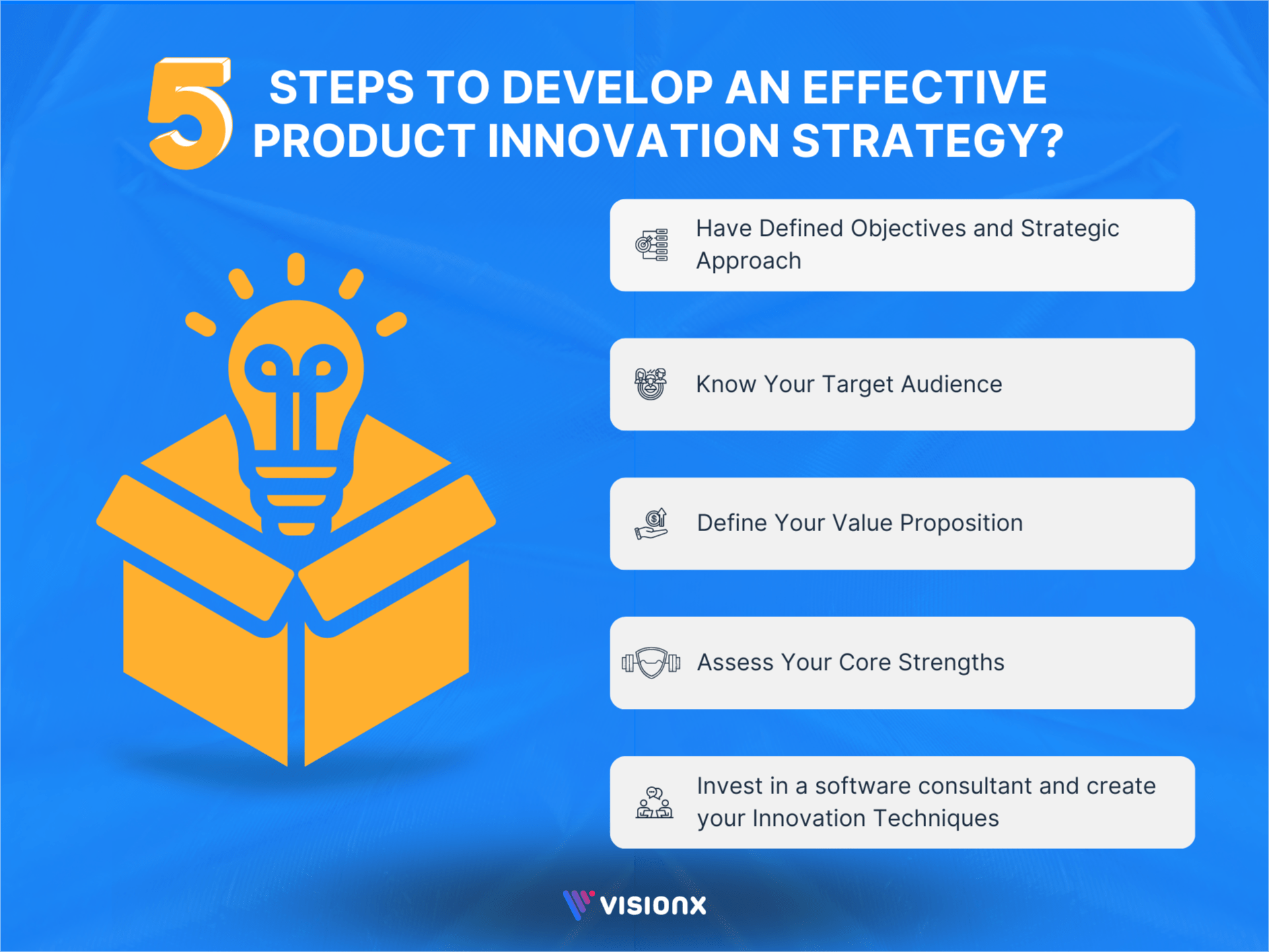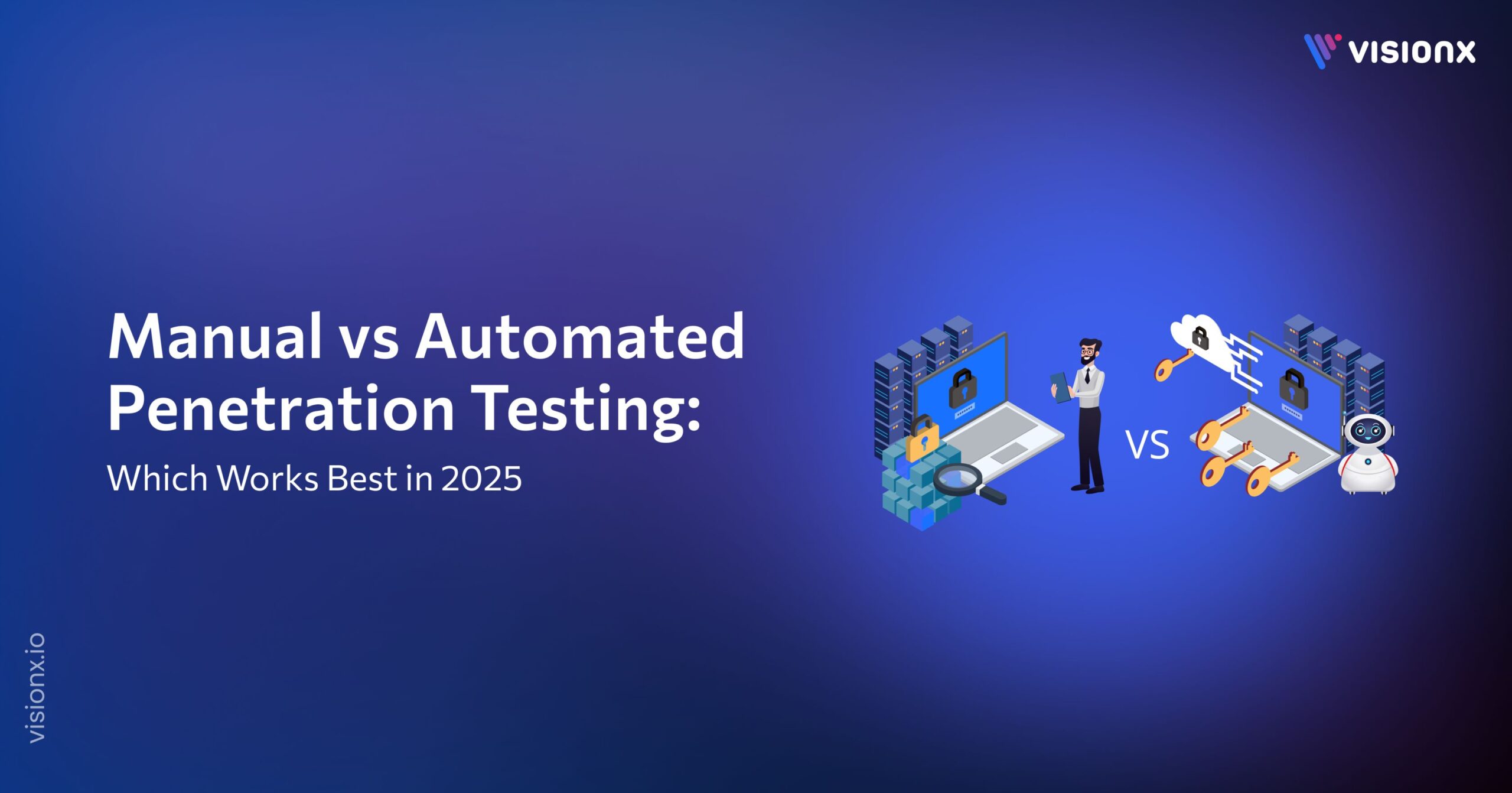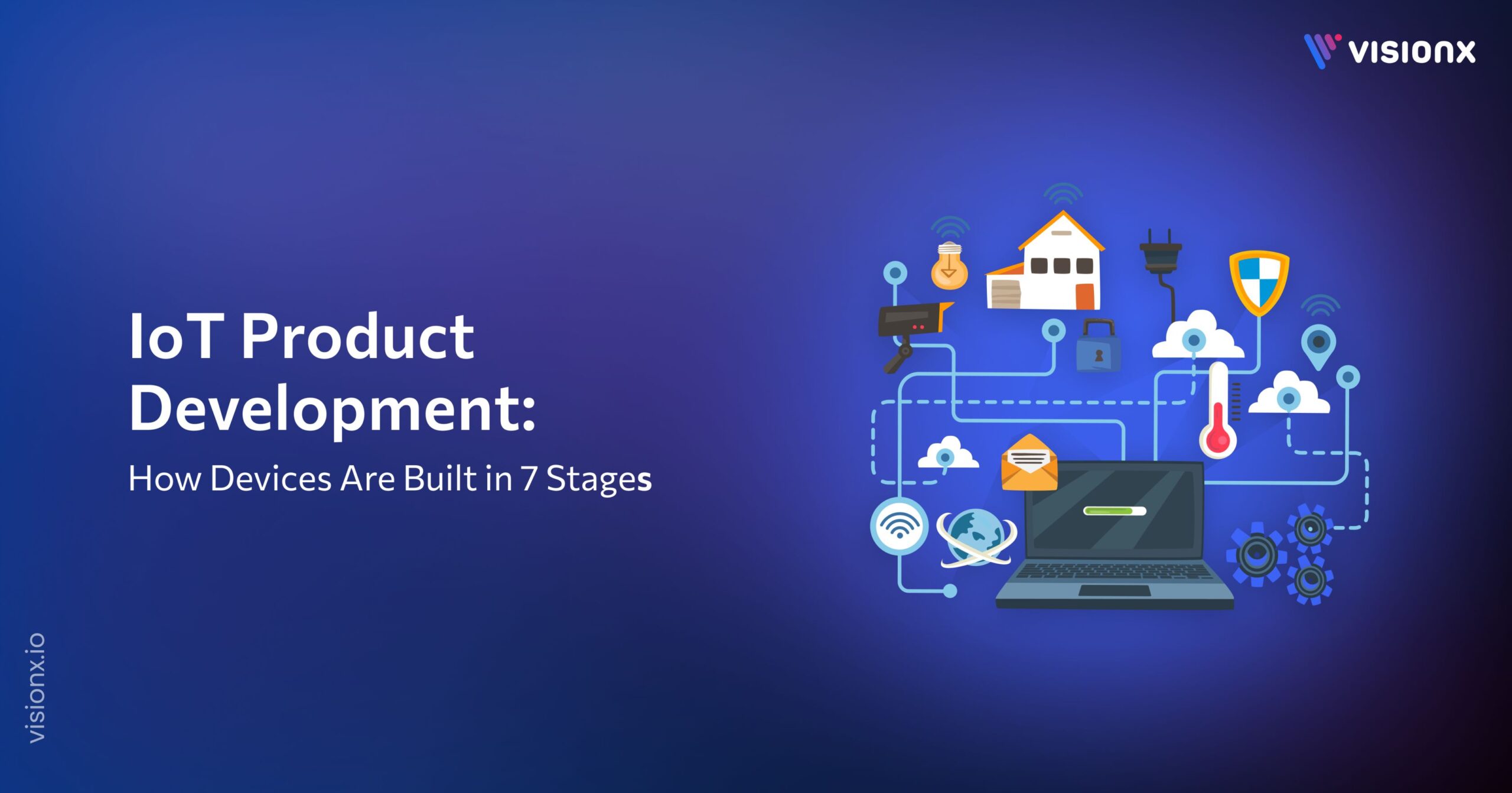“Build an innovative strategy that wins every time”
Innovation remains one of the frustrating pursuits in many organizations. Successful innovators struggled to sustain their competitive advantage, as demonstrated by the failures of Nokia, Yahoo, and Polaroid. This leads to why building and maintaining the capacity to innovate is so hard. The reason is much deeper and more complex than the commonly cited cause- a failure to execute. The problem lies with the need for an innovation strategy.
So, what is an innovation strategy? A strategy can be defined as a set of coherent, mutually reinforcing actions to achieve a competitive goal. Incorporating innovation into a strategy is a critical element for the success of any organization. Without an innovative strategy, innovation efforts can easily become a grab bag of much-touted best practices, including decentralized autonomous teams, fostering internal entrepreneurial ventures, embracing open innovation and crowdsourcing, collaborating with customers, and implementing rapid prototyping. There is no problem with any of those practices per se.
The issue is that an organization’s capacity for innovation depends on an innovation system. Additionally, implementing a particular practice typically requires a variety of complimentary adjustments to the organization’s overall innovation framework. A company without an innovation strategy cannot make trade-off decisions and fails to incorporate elements of the innovation system. Without an innovation strategy, different areas of the company might end up with competing priorities. Hence, an innovative strategy is required to boost a firm’s capacity. So, now we have realized the importance of an innovative strategy, but how can we link it to products?

Connecting Innovative Strategy to Products
A widely accepted definition of product innovation is creating and introducing something new to the market. This could include new products and services, processes, and incremental changes to existing goods. Product innovation can also include technical specifications, product design innovation, improvement in components, and new software. It is how brands such as Apple, Microsoft, and Tesla have achieved commercial success.
According to a recent study, 84% of executives believe innovation is essential to growth. Nevertheless, only 60% knew the exact problems and how to solve them through research and design. Moreover, 80% of those surveyed believed that the company was at risk due to a lack of clarity on what, why, and how of product development. The Product development strategy and innovation strategy would give clarity and ensure that your business is innovative.
Types of Product Innovation:
-
New Product Innovation
New product innovation can either be radical or disruptive because, if adopted successfully, it can change the market and cause a shift in the market. Radical and disruptive ideas, on the other hand, are riskier, more challenging to execute, and have a lower success rate. Due to these, they are rare because getting a novel idea accepted by the market presents more of a challenge than anything else. Success demands a systematic, tested process for developing concepts into marketable products.
-
Incremental Changes to the Product
The goal of incremental innovation is to improve existing items. It’s a profitable and effective type of product innovation because it involves product design innovation and has a higher rate of market acceptance. Additionally, it satisfies customer wants. Take the desktop’s evolution into laptops, iPads, and mobile phones.
-
Development of New Features
The third kind of product innovation involves adding new features, such as digital product design. Designers and developers develop new features to improve product usage and adoption. The key is to avoid overburdening customers with extra features that detract from the product’s primary usability and utility.
We can further explain this using an innovation landscape map, which includes four types of innovations: incremental, disruptive, architectural, and product design innovation. Incremental innovation involves a series of improvements to an existing product where disruption eventually creates a new value network and markets. Product innovation involves fundamental new technologies and can give origin to a new product that has never existed. Lastly, architectural innovation combines disruptions in technology and business models and is most challenging for incumbents to pursue. Hence, an organization’s innovation strategy should mention how the different types of innovation fit into its business strategy. Now that we have an idea of the types of innovation, let’s examine how product innovation can add value to a business.
Why Should Companies Consider Product Innovation?
Over time, it has become clear that innovation serves as an organization’s and a community’s primary economic engine. According to a McKinsey survey on product innovation, introducing new products accounts for 25% of a company’s overall revenue. Over time, we have seen that innovation is the main economic driver for organizations and communities. When it comes to product innovation, a survey by McKinsey suggests that 25% of the total revenue for an organization comes from the launch of new products.
A portfolio of good products fosters growth and is lucrative relative to services, which can increase revenue but with a lower margin. In contrast, highly competitive markets made product innovation more challenging as more than 50% of new products fail to reach their intended audience. Nevertheless, when done right, product innovation can garner the following benefits:
- Competitive Advantage: Successful businesses have always found a way to take advantage of innovation to gain a competitive advantage through new product innovation or incremental improvements. Leading organizations employ product innovation to outperform competitors in three ways:
- Develop new products that address the needs of consumers or create new demand for them.
- Continuously improve their core products and make incremental innovation a habit.
- Redefine the competition or value of the product by taking existing products to new markets and channels.
For example, Apple is sustaining its competitive advantage through product innovation by constantly updating its iPhones. Although competitors such as Samsung were fast in imitating it, Apple has grown further by adding other features, including iCloud, Apple Pay, and Apple Music.
- Encourages resilience: It is conventional for organizations that miss the innovation train and lag behind their competitors to disappear eventually. Product innovation offers an opportunity to recover. Product innovation can assist you in making a U-turn if you create the right circumstances and strategize accordingly. Think of Nokia, a renowned mobile business in the market for years. However, when giants such as Samsung and Apple took over, Nokia could not catch up and was close to bankruptcy. But its phone has not died. They returned to the market in 2016. The Finnish company HMD bought the license to produce and sell Nokia phones and launched six new models.
- Drives Growth: Product innovation boosts the growth of the business, turns higher profits, and takes over new markets. Companies can look for a way out of oversaturated markets and provide leeway to tap into new markets.
- Improve Product Quality: All business innovation raises the quality and effectiveness of the product. As a result, company processes become more effective and efficient, opening the door for major structural and operational changes.
How to Develop an Effective Product Innovation Strategy:
We have clarified product innovation, its importance, and what it implies. Let’s examine how to develop an effective strategy.
- Have Defined Objectives and Strategic Approach: Defining your business innovation objectives and the product development strategy that complements the objectives is the first step in creating a successful innovation plan. As a rule of thumb, your innovation strategy ought to assist in achieving your overall corporate goals.
- Know Your Target Market: identifying your target market is the second step in creating a successful product innovation strategy. Not everyone will patronize your products and services. Hence, one needs to know your customers and strategically plan how to appeal to them; to do that; one can understand the customer’s journey. So to introduce new innovative products, you must research, pay attention to, and comprehend the needs of consumers.
- Define Your Value Proposition: The next step is to formulate your value proposition after understanding your target audience and having a clear objective and strategic approach. This is one of the key stages in creating a successful innovation strategy. Defining your value proposition is linked with responding to questions such as how we will outperform competitors. What type of innovation strategy will you adopt to provide you with the greatest economic value? Therefore, you need to focus on creating value that encourages consumers to save money and is willing to pay for the product.
- Assess Your Core Strengths: When accessing the core areas of strength in business, it is important to keep the following factors into account: Skills, Values, Behaviors, Culture, R&D, and Knowledge. Abilities to connect and develop these capabilities is pivotal in developing an effective product development strategy.
- Invest in a software consultant and create your Innovation Techniques: You must determine the strategic business innovation systems and techniques you must implement in order to establish an effective innovation strategy. To do that, you must invest in a software consultant, as the primary function of these specialists is consulting, which entails providing professional advice. You need to define which innovation systems to connect to the various components of your innovation infrastructure. You must understand the numerous innovation strategies that exist and that not all of them are required at every stage of business growth. Consequently, you need to know which to use to achieve the desired business outcomes.
Stages of Product Innovation Strategy:
The process consists of three stages regardless of whether an organization is developing a new innovative product or just product design innovation. Following are the three steps required for a product innovation strategy.
- Market Research: Organizations might begin the product innovation process by conducting primary or secondary market research. The objective is to access necessary data regarding the tastes and preferences of consumers as well as any existing market gaps. Primary research involves getting data from individuals directly using interviews, surveys, or focus groups. Secondary research can be gained by conducting a literature review – gaining information from earlier studies. While secondary research is inexpensive, primary research is more relaxed, focused, and only available within the firm. Try to understand the customer segments and collect customer feedback when conducting market research.
- Product Development: Product development is where the product development strategy steps in. The product developers and designers build and test the first test product (prototype). This stage includes ongoing testing and improvements till the final product is developed. During this stage, it is important to prioritize new development opportunities. We do not have enough time and resources to implement all the proposed ideas for product development; we have to narrow down the options. Organize product characteristics according to practicality, feasibility, and desirability to avoid choice paralysis. It is also pivotal to assess the functionality and utility of product prototypes using a focus group or experiment to gain consumers’ insights and limitations.
- Feasibility Study: Lastly, financial and legal constraints of releasing a new product shall be considered. Take into account product prices, profitability projections, and total production expenses.
Examples of Product Innovation Done Right
Sony:
As a leader in product innovation, Sony Electronics emphasizes imagination and digital product design more than manufacturing. For the past 60 years, Sony has been a leader in innovation, changing everything from how people listen to music to digital cameras, large TVs, and even robot dogs. The entertainment sector’s gaming industry is currently the most lucrative. According to HBS, the game battle started when Sony entered the market. Sony became Nintendo and Sega’s direct competitors with the PlayStation’s 1994 release. Hence, Sony introduced market-leading advancements that set them apart from its rivals by introducing computer hardware, consumer electronics, and semiconductors.
Beyond Meat:
Beyond Meat is driven by the philosophy to constantly innovate and improve, which has helped it to garner a spot in the top 50 most innovative firms. So, what makes Beyond Meat unique in an oversaturated market? Beyond Meat was among the first companies to target a unique market segment, i.e., people who want to reduce meat consumption. Despite the fierce competition, their role in changing the market and dedication to innovation as a key element enabled them to become a dominant global protein company. Hence, Beyond Meat declares its dedication to innovation through ongoing development and cutting-edge technology applications.
Tesla:
Tesla is the company we frequently bring up while discussing innovation. Although they did not create electric automobiles, they did innovate by advancing the technology that is causing an increase in the number of people switching to electric vehicles. Their product development strategy resulted in an astounding integration of in-car hardware and software. No other automaker has adopted Tesla’s cutting-edge technology and potential for AI and machine learning. Moreover, it is also dedicated to developing technologies that will change the world, such as quick-charging ecological batteries and fast-charging sustainable batteries.
Amazon:
Amazon started from an online bookstore to a global marketplace, publishing service, cloud content provider, entertainment service, and fulfillment network through constant innovation.
The Challenges of Product Innovation:
Product innovation has become risky as there is no scarcity of products. Every business is working to develop new or enhanced products, but they face several challenges. Some of the common challenges, as well as potential solutions, are listed below:
- High Costs: Different types of cost challenges arise in an organization. The product can be too expensive to produce, resulting in a small profit margin or a net loss. Concentrating on what adds value and reduces long-term costs is [pivotal. The frameworks Jobs To Be Done and Blue Ocean Strategy will enable you to focus on delivering value and cutting down on production costs. Second, the development costs that you can’t recoup if the business cannot get a high-profit margin and an increase in product’s market penetration. Some ways to solve these development issues are to be agile, have good software development solutions, and have a fast pace of innovation.
- Product Viability: The commercial feasibility of a particular product is referred to as product viability. Unfortunately, many businesses miss this since they don’t make items relevant to customer demands. To overcome this hurdle, constantly question if there is a market for your product, if it solves a problem, and if so, if you can offer it at a price that generates a profit (ROS). Go further and look into the jobs to be done theory and ensure the product performs the job customers need. Research the market thoroughly and get as many insights as you can.
Execute your Product Innovation Strategy
Executing the product innovation strategy is crucial. Consider collaboration with the key people and setting individual goals that support your overall innovation strategies. To ensure product innovation’s success, provide clear direction and direction-setting. VisionX Product Development programs can help you learn about innovation, techniques, and disruptive strategies.
Learn to Lead Innovation
Your duty as a business leader is to set the tone and create the groundwork for an effective product innovation strategy. Consider taking an innovation training course like Disruptive Strategy to improve your skills. Innovation training can benefit your team or company unit in addition to you as a leader. Give your staff access to training to give them the essential information needed for creativity.
Conclusion
Making the best decision out of various viable options and methods is the essence of innovation strategy. You must decide which innovative captive strategies will best position your company for success if you hope to establish the greatest innovation plan.
You must keep in mind, though, that selecting the best inventive methods and innovation strategy is only the first step. You also need to develop a plan for evaluating and validating the best technique for your company.
The secret to your strategy and innovation’s success is seamless integration and strategic alignment with your fundamental beliefs and goals. Any successful corporate innovation approach will require a combination of the correct techniques, abilities, work ethic, perseverance, consistency, focus, and knowledge.
Product Innovation FAQS
What exactly is the PIC for product innovation?
The PIC is the focal point of planned initiatives to market novel products. It includes the project’s objectives, guidelines, goals, boundaries, and justification for initiating it.
Should we concentrate on enhancing our current products or creating new ones?
In reality, most new items are upgraded versions of older ones. Even though improving an existing product has less promise than creating a brand-new one, it frequently provides a competitive advantage in a well-established market. In general, it is simpler and less risky to improve current items than to create entirely original ones. You’re more likely to be familiar with the relevant technologies and consumer preferences for that kind of product. The development process is typically less complicated and costly and can be finished faster.
What distinguishes process innovation from product innovation?
The development and launch of a brand-new product or the improvement of an existing one are both examples of product innovation. Contrarily, process innovation involves putting in place a new or enhanced manufacturing or delivery technique.
What are the signs that a new product idea is likely to fail?
An over-ambitious or complex project may fail, either because it is technically complicated or because it requires resources that an organization cannot afford or that are worth the returns. In situations like this, it’s important to consider whether a less ambitious initiative might have a higher chance of success. Even if you successfully create a new product, your success depends on how profitable the product is. This is less probable to occur if: You operate in a market where consumers are unwilling to pay new items a big price premium; your customer base is tiny, and it is challenging to attract new ones; it is simple for competitors to duplicate your new product.
How can product innovation be measured?
Key performance indicators (KPIs) such as engagement, actionable ideas, costs, predicted profitability, actual profitability, and cultural influence can all be used to gauge innovation.


